Mustapha Gadrouz
Brand & Creative Consultant
I’m Mustapha Gadrouz, a creative professional, brand specialist, and entrepreneur.
I blend creativity, strategy, and analytical thinking to solve problems for clients and individuals in Morocco and abroad.I started as a multimedia developer and designer, evolved into an art director and then a brand strategist, until I eventually found myself in entrepreneurship, the natural destination for someone who combines both strategic and creative skills.Right now, I’m building a startup called Nhance, focused on solving human-resources challenges within the creative industry.


About MeI started my professional journey as a Multimedia Developer and Designer.
I worked as an employee, and along the way I had the privilege of meeting people who shaped my path, especially Mohammed Tazi, Founder of Collège LaSalle. I learned a lot from him, and he was the first person who ever spoke to me about entrepreneurship.Even as I moved from designer to art director while doing freelance branding projects on the side, I always felt that something was missing. I was not satisfied or fulfilled. Deep inside, I knew I was not meant to remain an employee forever.Things continued like this for a while. I was handling multiple projects as both an employee and a freelancer. Then one day I watched a Steve Jobs interview where he said:“Everything around you that you call life was made up by people no smarter than you.
And you can change it… you can build your own things that others will use.”“The moment you understand that you can poke life, that you can push something in and something will pop out, you will never be the same again.”Those words changed something in me. I realized that I was not built to stay comfortable. I was built to create something big. I remembered what Si Mohammed Tazi once told me about entrepreneurship, and I decided to explore this world seriously.I left my job, became a full-time freelancer, and started learning everything I could about business.I tried to launch many businesses and most of them failed. I never saw failure as something negative. For me, failure is information, experience, and progress. This is the principle that guides me.While freelancing in branding, I got the idea to build a community around the work I do. I committed to it and today that community has grown to more than eleven thousand creatives on Instagram.As I connected with young creatives across Morocco, I started noticing a clear pattern. Companies struggle to find qualified creative talent. Creative people struggle to find real opportunities. Morocco is losing creative potential because both sides cannot meet properly.These were problems I experienced myself as an employee, as a freelancer, and as an entrepreneur. This is where the idea for my startup started taking shape. That idea became Nhance.Nhance UniverseNhance exists to build an ecosystem where:-Companies can find and hire the right creative talent.-Creative talent can find companies who understand them and give them real space to grow.-The creative industry in Morocco becomes stronger, more structured, and future ready.This is the mission I am building with my small team today.To finance the startup during this early phase, I still take on freelance branding projects and consulting sessions from time to time. These remain my main income source for now.The FutureThe future is bright.
InshaAllah, we will continue pushing Morocco forward, one creative at a time, one company at a time, and one solution at a time.If you have a project, an idea, or a collaboration in mind, feel free to reach out. I’m always open to meaningful conversations.
F r e e l a n c e
My career as a creative professional did not follow a straight path. It was full of ups and downs and a lot of learning experiences that took me from developer to designer, to art director, to brand specialist, and eventually to consultant.
This video highlights some of the key moments from my journey.
Design and Digital Communication
I started freelancing even before graduating. It began as a hobby that helped me earn some pocket money to support my Multimedia Development studies. I was also part of a rock band, and we used to create our own graphics. Later, a friend started giving me work on his event posters, and that is how everything began.After finishing my studies, I tried working as a developer. I quickly realized that I would not thrive in programming because it did not feel like something I could enjoy for the rest of my career. So I returned to my real passion, which was design, and this time I entered the field as an employee.I worked for one year as a full time designer in an education agency where I handled digital communication and marketing campaigns. It was a valuable experience and I learned a lot, but I still felt the same pattern. I was not fulfilled.I decided to switch fully into freelancing as a graphic designer.
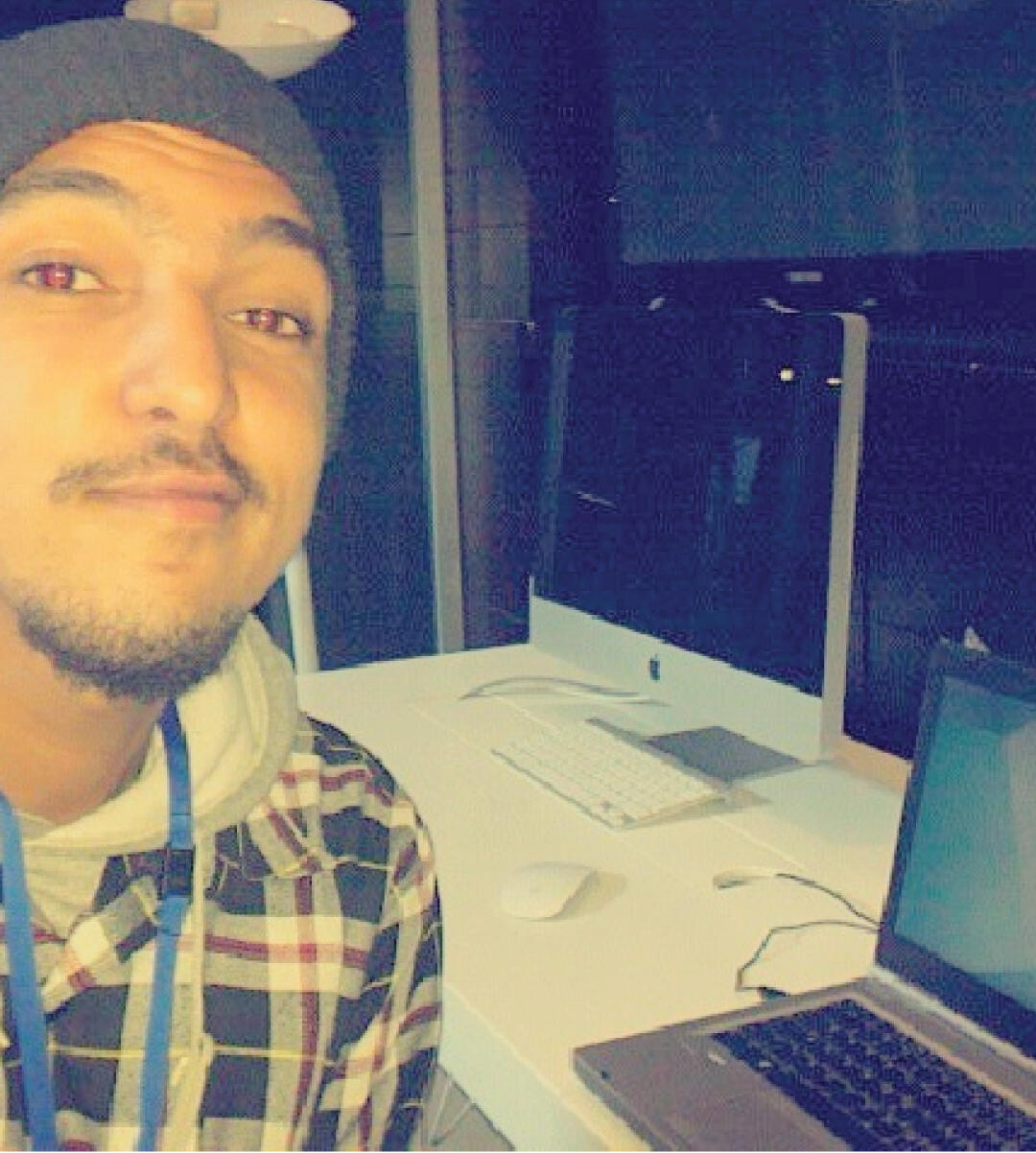
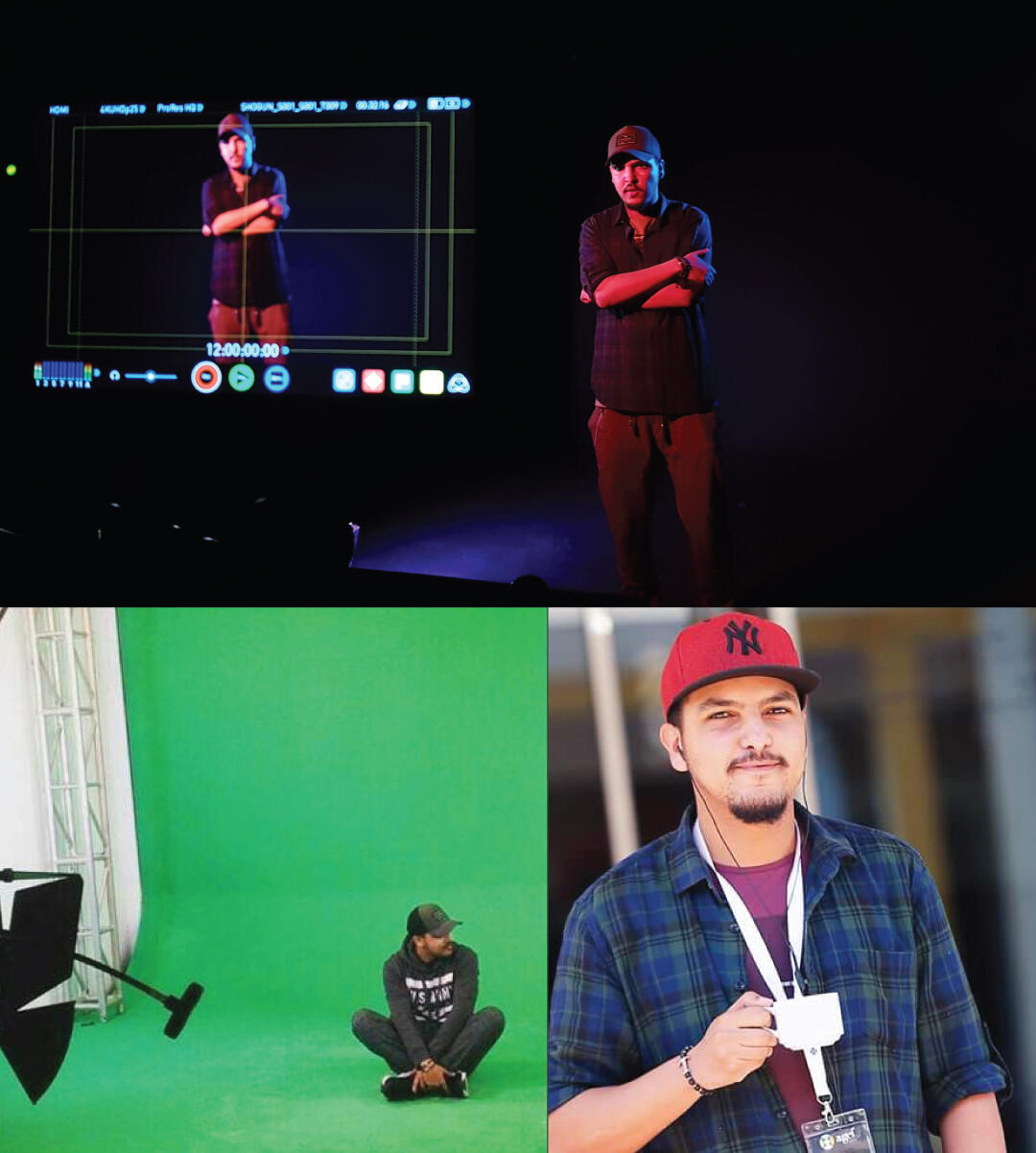
Art and Creative Direction
After gaining more experience as a designer, I developed my marketing and leadership skills and began looking for opportunities as a creative or art director. I chose to do this as a freelancer instead of as a full time employee because I wanted flexibility and control over my time.During this period, I worked with several agencies on art direction projects. I contributed to campaigns for brands such as Domino’s Pizza, City Bus, MasterChef Morocco, Salon du Cheval El Jadida, and many other major names in the Moroccan market.This phase is also where I discovered the branding process. I was responsible for launching a new brand in Morocco as a creative and art director. That project made me fall in love with branding, and it marked the next chapter in my journey.
Branding
Eventually I reached a point where the work became repetitive. The same type of projects kept coming and the challenges stopped evolving. I decided to stop taking Moroccan art direction projects and instead specialize in branding, with a focus on clients outside Morocco.Then the pandemic arrived. During the lockdown I found myself in a good position to work remotely on branding projects. I had the privilege of helping many entrepreneurs build their brands, and through that I learned a lot about business and entrepreneurship in general.Over time my name became known in several markets. This encouraged me to grow my team and launch my first digital agency. It did not last long after the pandemic ended because the costs became too high. I could not maintain my place in the market under those conditions.I went back to working solo, but this time as a consultant rather than a technician. I became more focused on thinking, strategy, and guidance rather than simply delivering done for you services.


Professional References
I’ve had the honor of working on numerous projects for well-known Moroccan brands, whether as an Art Director, Designer, or Multimedia Developer.
Here are some of the brands and references I’ve contributed to through various projects.
Trusted Internationally
Beyond Morocco, I’ve had the honor of working with more than 100 brands across multiple countries.
This is just a snapshot of the types of brands I’ve collaborated with—projects that made it to the real world and are performing well.

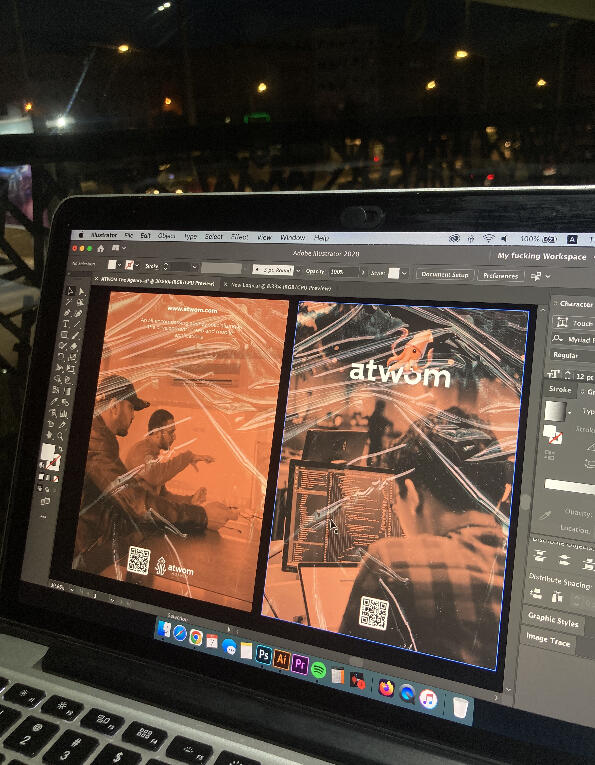
Entrepreneurship Journey
When we are young, we all go through a phase where we enjoy selling things.
Sometimes it is something you own and want to sell, and sometimes you buy something with the intention of reselling it.The same thing happened to me.
I started by buying and selling graphic T-shirts of metal and rock bands. I used to get them from the flea market and resell them to friends and people in my circle.
After that, I moved on to buying and selling guitars.
For me, it was simply a way to make some pocket money. I did not even know this had a name. I did not know it was called entrepreneurship.With time, life pushes you toward studying so you can find a stable job, and you stop thinking that the buying and selling you did as a kid could actually be a real career path.This changed when my first mentor, who was also my first boss, spoke to me about entrepreneurship as a career.
The idea stayed in my mind, and from that moment I kept trying to start my own business so I could become a full time entrepreneur.I launched many businesses, and most of them failed.
Some did not last two months, and some did not reach a full year.
From print on demand to service based businesses, physical products, ecommerce, web applications, and monetization models, I tried almost everything.
Every attempt was an opportunity to learn something new about entrepreneurship.Today, I am investing all of that experience into one startup called Nhance Universe.

The Startup
Having experienced both salaried work and entrepreneurship as a creative person, I observed many problems and repeating patterns in the creative industry.
When I was looking for a job, I struggled to find companies that understood me or provided a space where I could grow as a creative. I used to think there were no good opportunities in Morocco with fair salaries.
Later, when I became an entrepreneur and wanted to hire creative people, I could not find strong talent I could rely on.This gap that I went through is the same gap many young creatives face today.
Young people cannot find places to work, and companies cannot find the talent they need.
This is where the idea of the startup called Nhance Universe was born.With my experience from both sides, I am able to create solutions for the creative industry and help develop the market so it becomes more mature and closer to international standards.
This is exactly what I am working on in Nhance Universe today, with full focus and full commitment.I have already launched Nhance The Dojo, which is the education part, and Nhance Creative Therapy, which is a space where I speak directly with creatives one on one to understand their real challenges.
Nhance Branding is where graduates of Nhance The Dojo can find opportunities to apply what they learned.
Nhance Technologies is where I work with the team on platforms that will provide the infrastructure.
And there is much more coming in the future.All of this is built with no outside investment.
Everything is funded through personal investment and through the products themselves.
The startup is still in the seed phase. It started only five months ago in April 2025, and it is growing step by step.
The future is bright with Nhance.

I did not choose consulting. Consulting chose me.
For as long as I can remember, people from my circle and my community would come to me for advice. They asked questions, shared their problems, and trusted my thinking because I approach things logically. I never gave information unless I was sure about it or had researched it. And every time, I offered solutions they applied and that actually worked.I never realized this could become a real service called consulting.Later, through a friend and eventually a partner, Salma Oudghiri, an education consultant, I understood that this natural ability of having people come to me for guidance can be turned into something I offer professionally. That is when I launched my first consulting service in branding.Before that, I only worked with a Done For You model. Then I discovered the Done With You model, which became my entry level consulting offer. Afterward, I introduced a full consulting service called Brand Audit. It is a session where I walk through the client’s brand, conduct a complete audit, and then deliver a detailed report with recommendations.

Nhance Creative Therapy
Fast forward to today. I launched a one to one consulting service for people in my community who need help with their career direction, who want clarity on something important, or who simply feel overwhelmed and need a practical solution. This service is part of the Nhance Universe and it is called Nhance Creative Therapy.From the name you can already guess that it blends creativity and therapy. It is a one to one session for creative people who often feel stuck and unsure about their next step. After the session they walk away with a clear vision of what to do next, and many say the experience feels therapeutic. That is the service.If you are interested in booking a consulting session now.
Contact
Have a project in mind? Let’s connect.
I’m always open to collaborating on exciting ideas. Share a bit about what you're working on and I’ll get back to you soon.
Branding isn't always a visual spectacle

Does a logo always need to reflect the nature of a company’s activity?
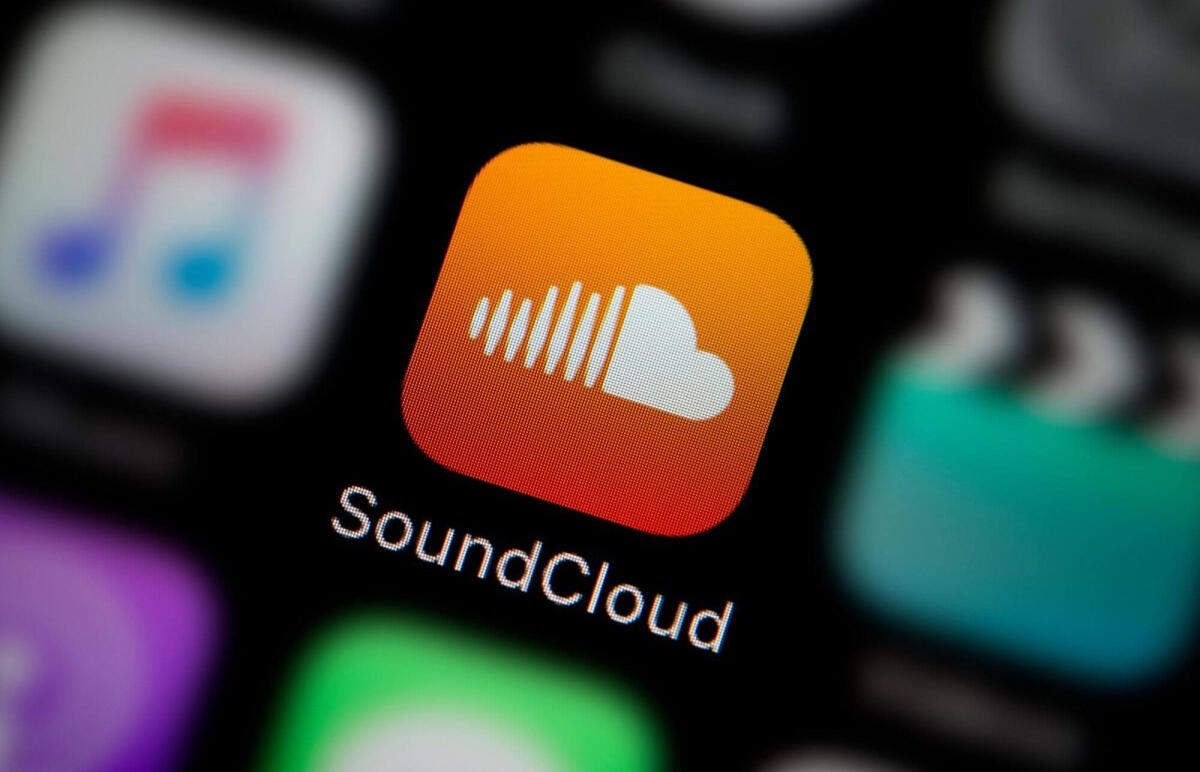
Branding isn't always a visual spectacle
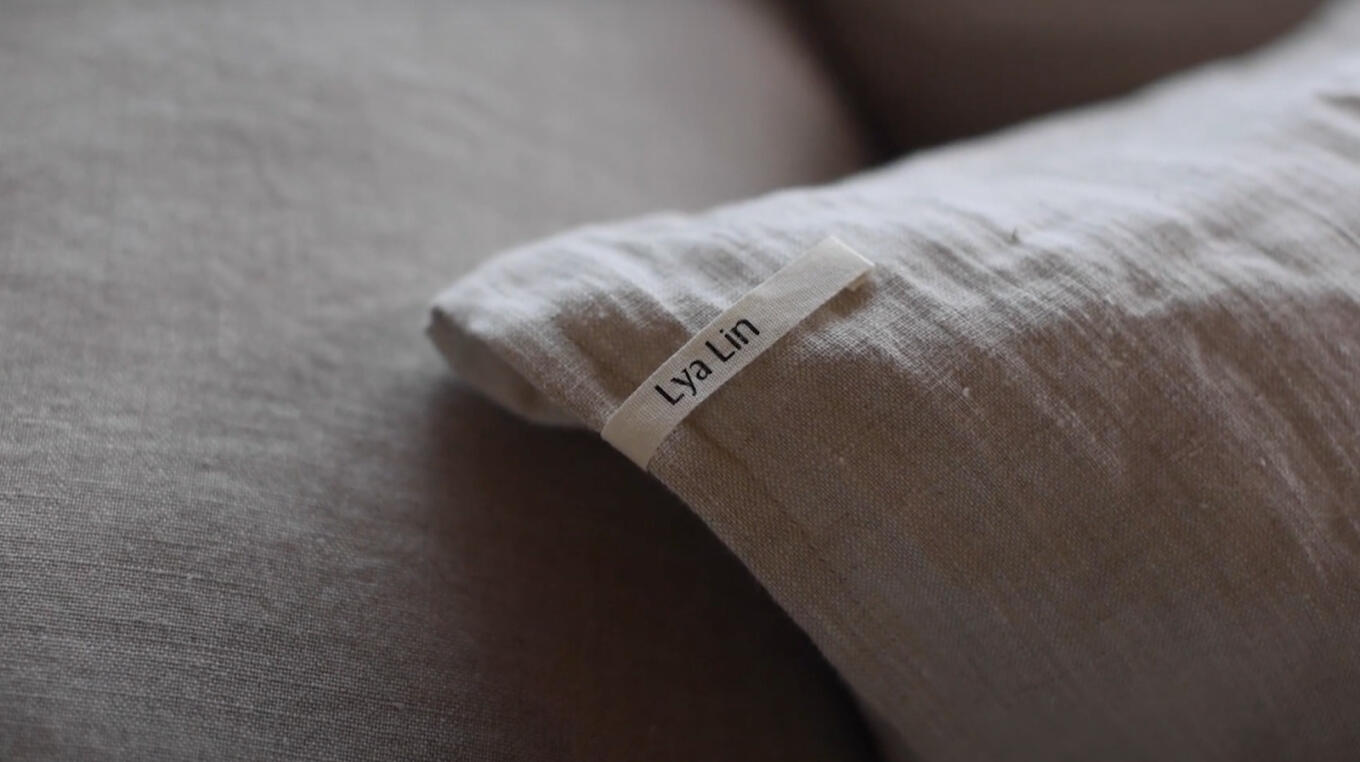
Whenever people hear the word branding, they immediately picture a lot of visuals, decoration, and punchy colors. I call this "The Visual Spectacle".
At the same time, if you ask anyone to name a brand as an example, the first thing that comes to mind is Apple. Which is ironic, because Apple does not rely on loud colors or flashy design. It is known for a minimalistic approach that focuses more on the quality of the product than on visual noise. This is what we call Quiet Branding.
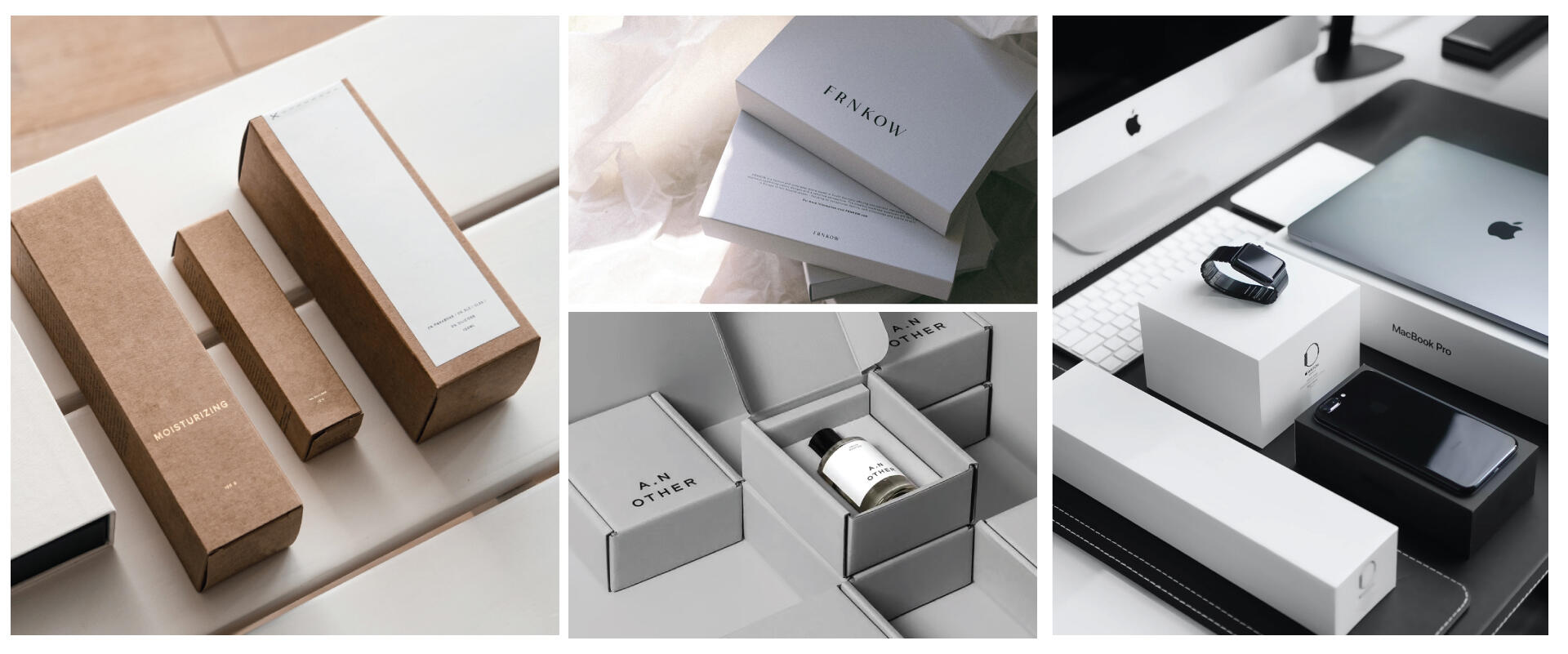
Example of brands that uses quiet branding
In the world of branding, positioning is everything. You must choose where you want your brand to live. Do you want to be in the economic category, the premium tier, or the luxury space? Do you want the value of your brand to come from your products, from your marketing efforts, or from the name itself?
This is why visual language should never be loud by default. It should come directly from your positioning strategy. Coca Cola, for example, focuses heavily on marketing efforts, which is why loud visuals and punchy colors make sense for them, especially because their market is mass consumers.
But other brands choose to focus on the quality of their products, like Apple. Since quality is their positioning, they use Quiet Branding.This is exactly the approach I used with a Swedish brand called Lya Lin.The founder of Lya Lin, Sanna Linnea, approached me because she wanted a clean and well structured branding strategy. The core of the strategy was to highlight the quality of the products and give them real value.
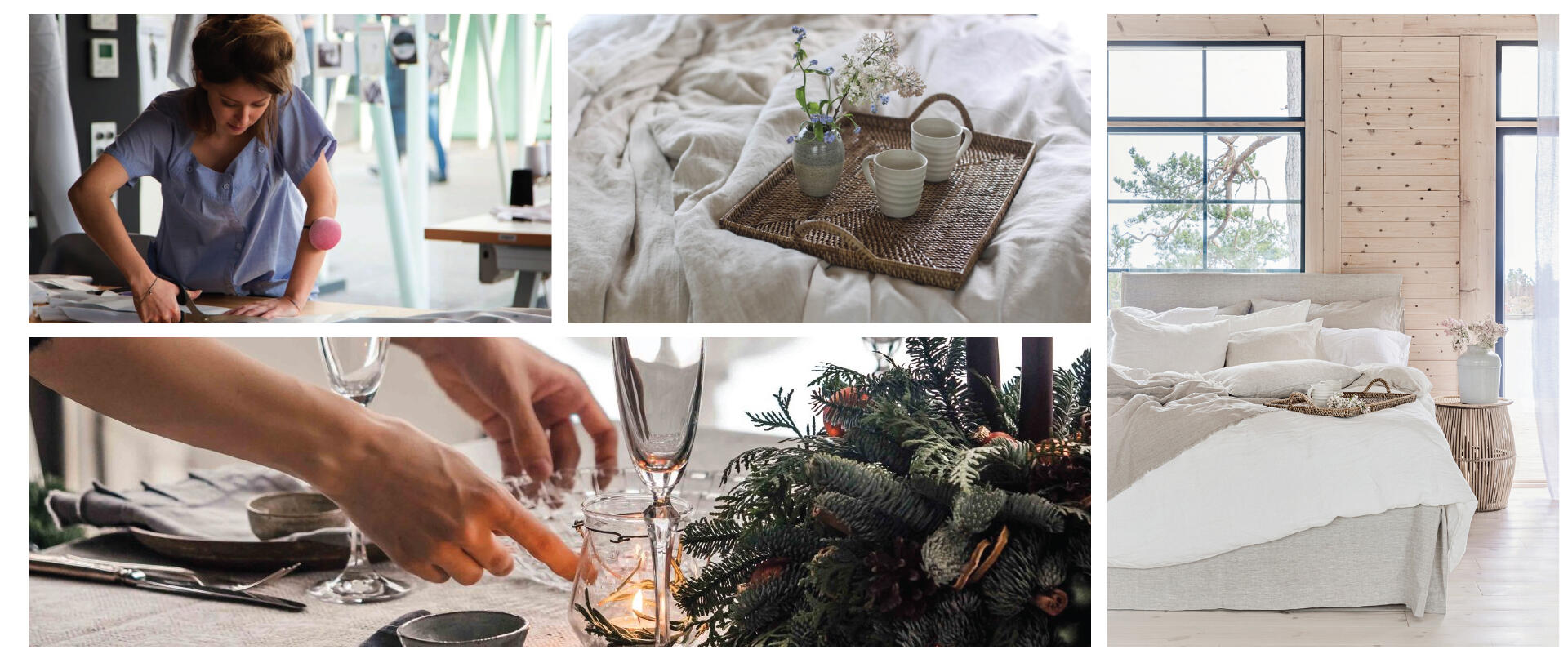
Lya Lin is a Swedish home-textile brandspecializing in high-quality linen products like bed linens, table linens, and custom-made textiles, made sustainably from European flax and sewn mostly by hand in their atelier in Östergötland.
Sanna had an artistic direction in mind. She wanted a logo that combined an icon and a wordmark, with a color palette that gave a calm and comfortable feeling. She also wanted the freedom to use the icon alone while keeping the name recognizable. She sent me a moodboard that reflected this idea.After working on the artistic direction, we tested her concept of pairing an icon with a wordmark. We created a result that looked good visually, but in the end we realized it would not serve our strategy. Our main goal was to highlight the product itself.
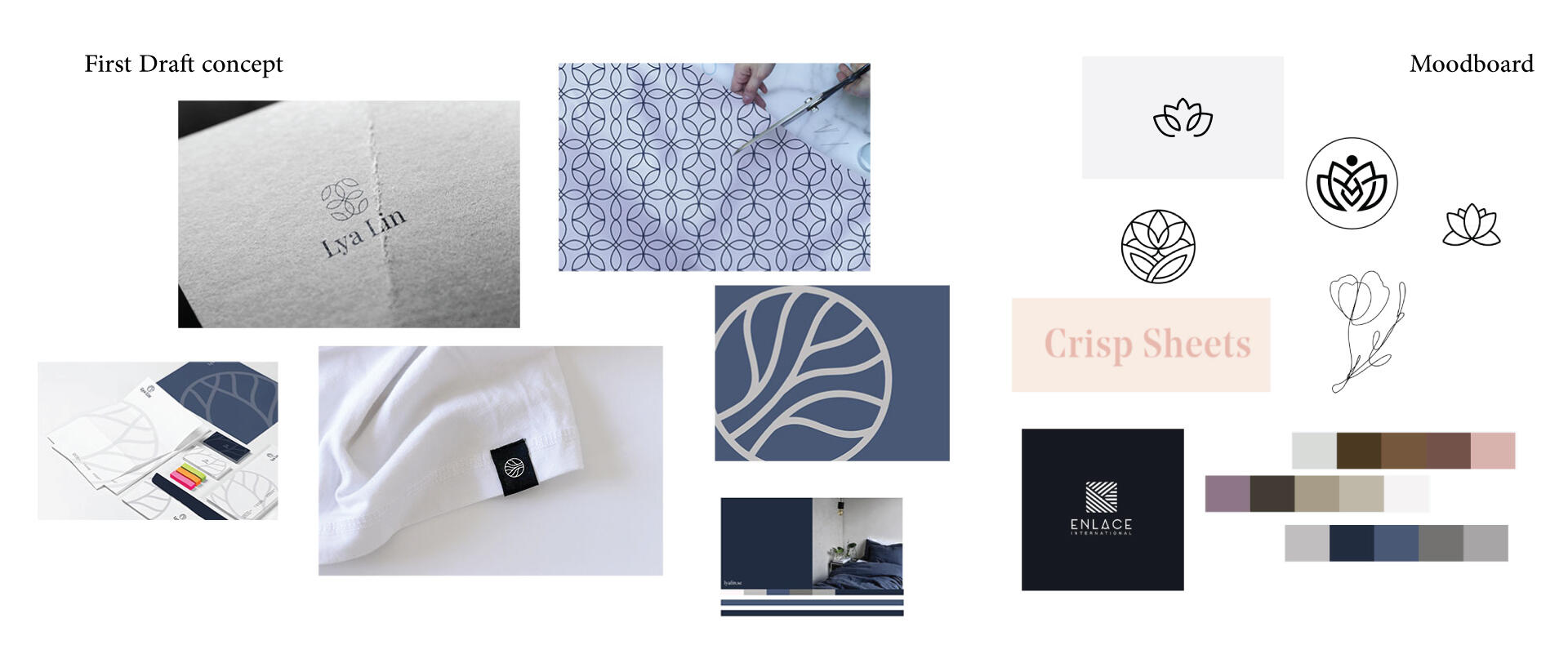
So we went back to the whiteboard to find a direction that allows us to reach the objectives of the strategy.We decided to move toward Quiet Branding.The most important principle in Quiet Branding is to create a logo that is visible but does not steal attention from the product. The logo and the product should work together to deliver an experience that reflects product quality.
We also had another challenge. We wanted people to feel that the products are handmade with love and passion. So we chose to work with an original font that blends characteristics from both Sans Serif and Serif at the same time. This direction explains the essence of Quiet Branding perfectly.
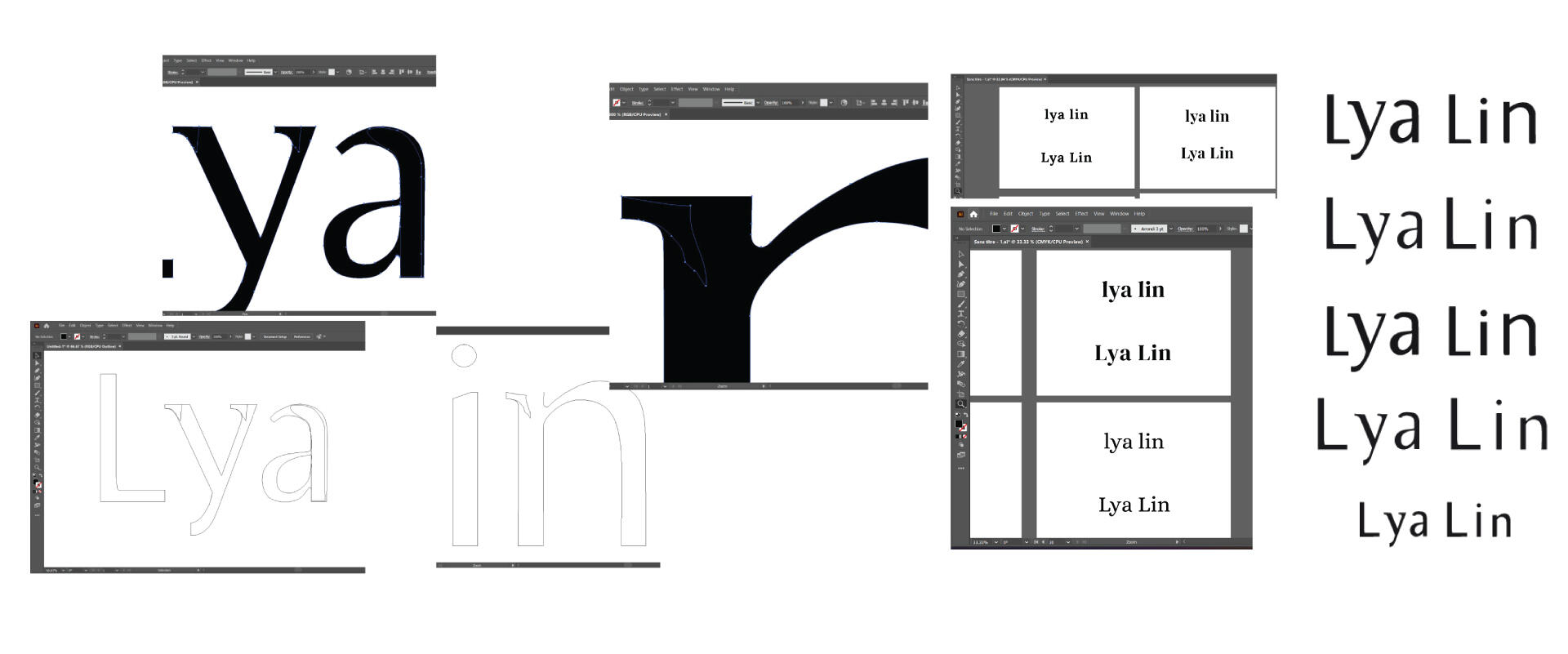
After testing every concept and artistic direction, we selected the winner. Here’s how it came to life in the real world.
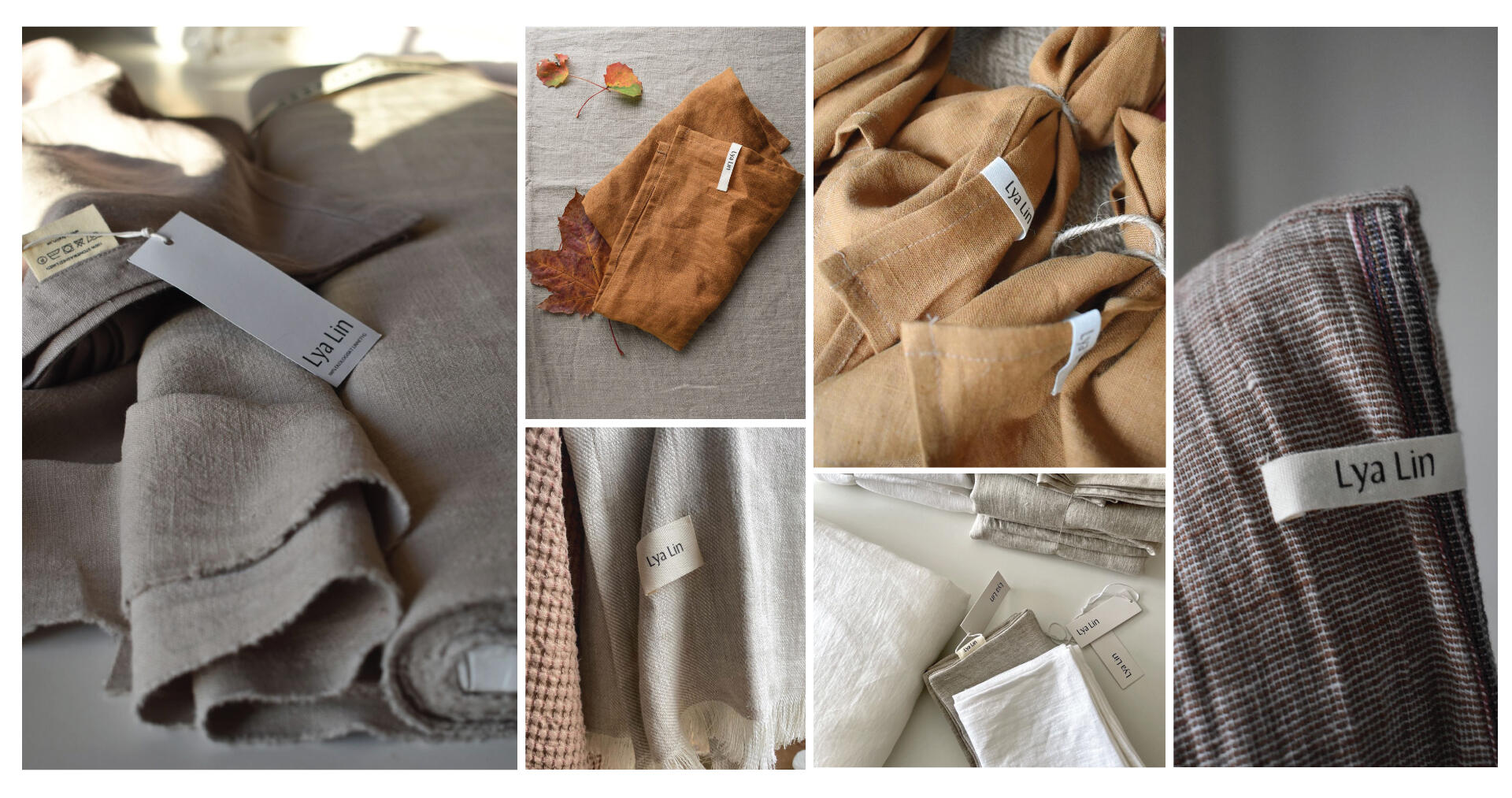
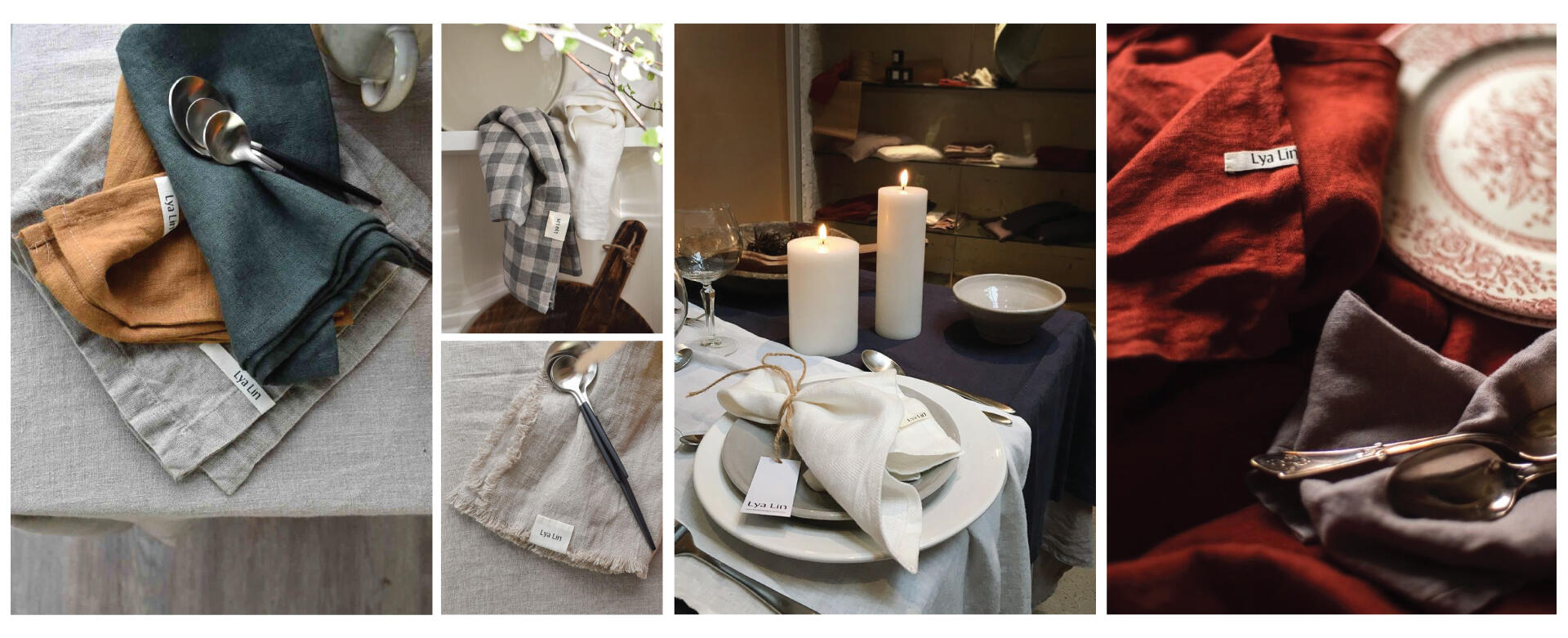
If you show the Lya Lin Branding to someone, they might tell you it is too simple or easy to create. But the point is not whether someone can recreate it. The point is whether the artistic direction you choose will help your positioning or not.The Visual Spectacle is not always the solution. The real solution is in the strategy, in the objectives of the brand, and in choosing where you want to position it.If you want to see how the brand looks now, you can check it through their website
Lyalin.se
Does a logo always need to reflect the nature of a company’s activity?
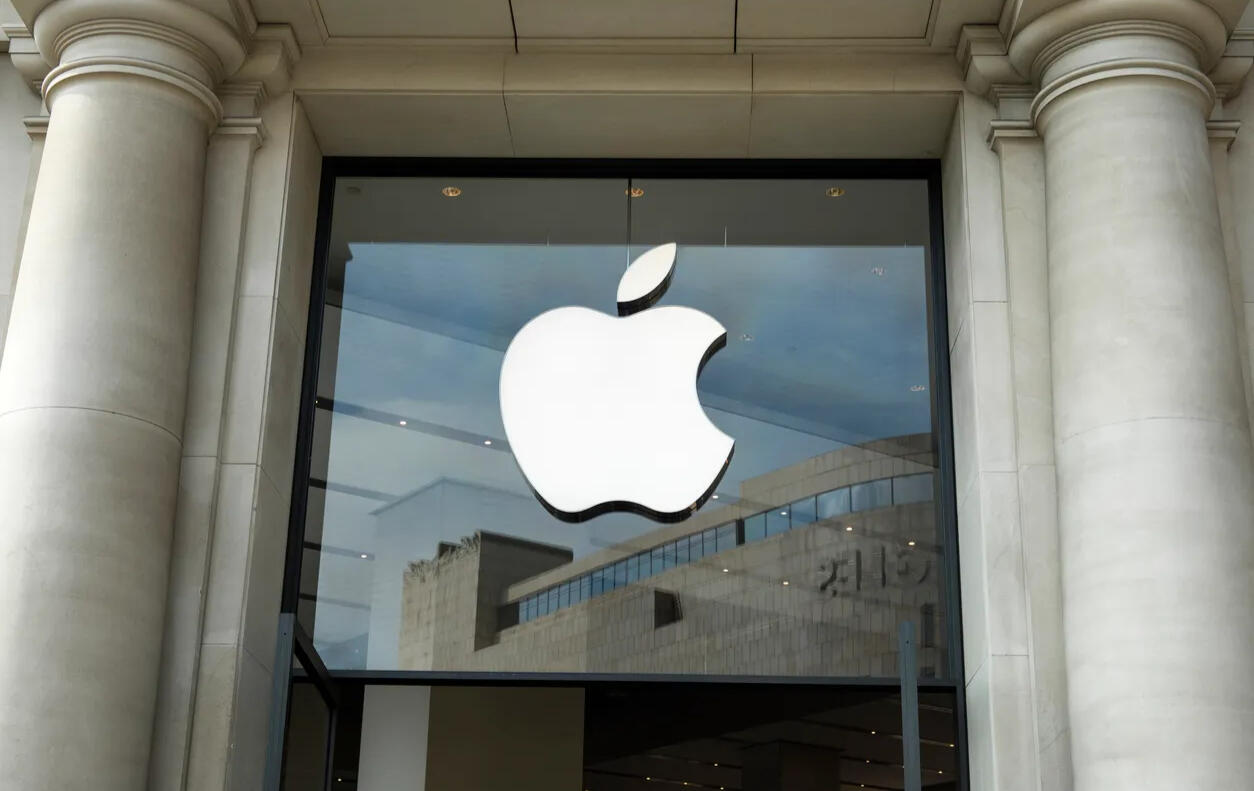
Most people in branding, especially before launching their business, get stuck on this question. They do not know whether their logo should contain a symbol that shows what the company does or if it should be something abstract. Some people argue using Apple as an example. The logo is an apple, but the company does not sell apples. It is symbolic. Others use Soundcloud as an argument. The logo literally contains a sound wave and a cloud, which reflects the company’s activity as a music streaming platform. So what should we follow when creating a logo? Something that represents the activity or something abstract?
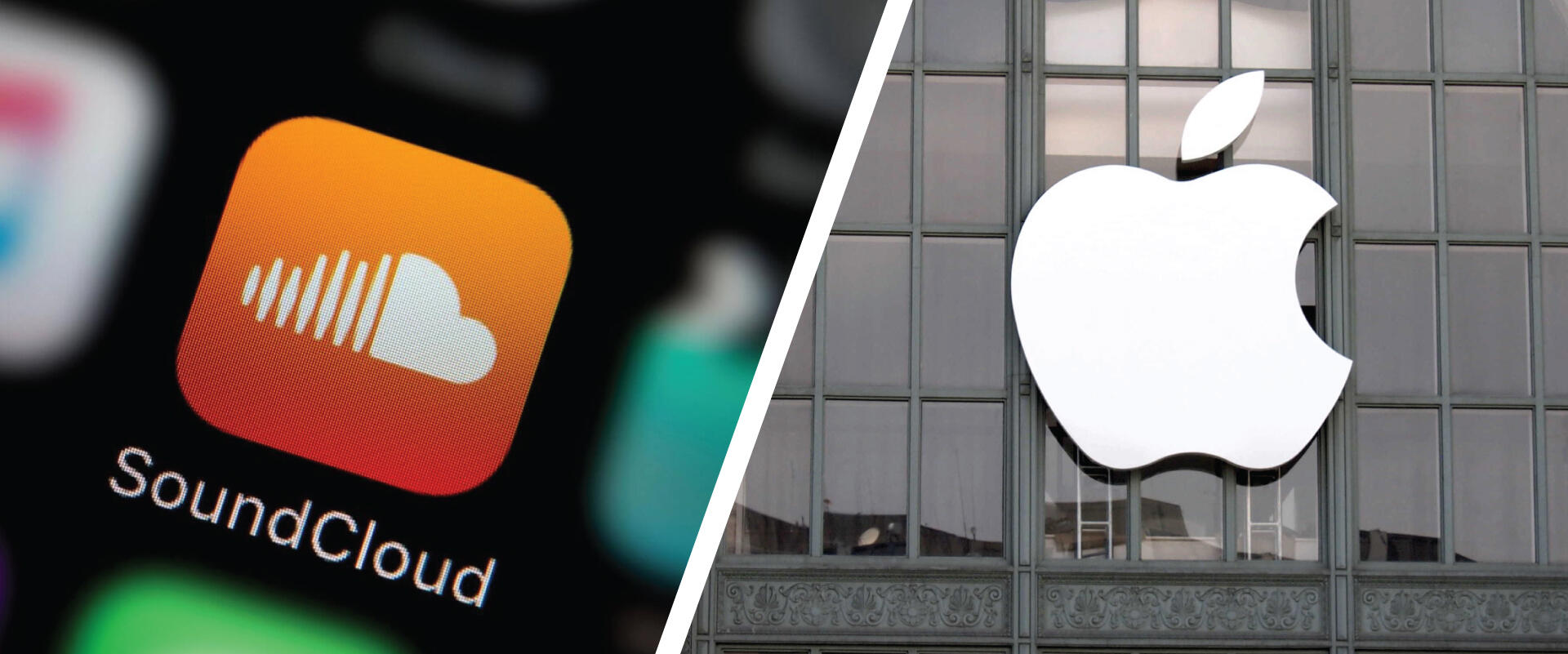
The answer is not black and white. It depends on the type of company, the audience, the nature of the business, and its positioning in the market. For example, if the company is B to C, it depends whether it is a startup or an ecommerce brand. In ecommerce, your logo does not always need to reflect your activity. An abstract symbol or even a simple wordmark can help you build a brand that works across different products and sub niches inside the same market. In this case, an abstract logo gives you more freedom and flexibility.But if the company works in B to B, things change. You often need clarity. A logo that hints at your activity can make it easier for people to understand what you do. It acts as an introduction, and the sales team can take care of the rest.Let me give a real example. I worked with a company that needed a rebrand. They used to build beach houses, then shifted to producing building materials called SIPs. These are eco friendly structural panels used in construction. Companies that operate in this field usually have active work sites. They want anyone passing by to immediately know which company is responsible for the project. In this type of situation, it makes sense for the logo to visually hint at the nature of the work. It makes identification easier and faster.

Ecologic SIPs makes and installs sustainable, high-performance structural insulated panels (SIPs) to build eco-friendly, energy-efficient homes and buildings
My challenge as a brand designer in this project was to find a direction that reflects the nature of the company while keeping the logo simple, clean, and functional. It needed to avoid being overloaded with elements. It needed a balance between an abstract form and a visual hint that communicates the activity.
These are ideas and concepts I sketched to see which one comes closest to our vision.
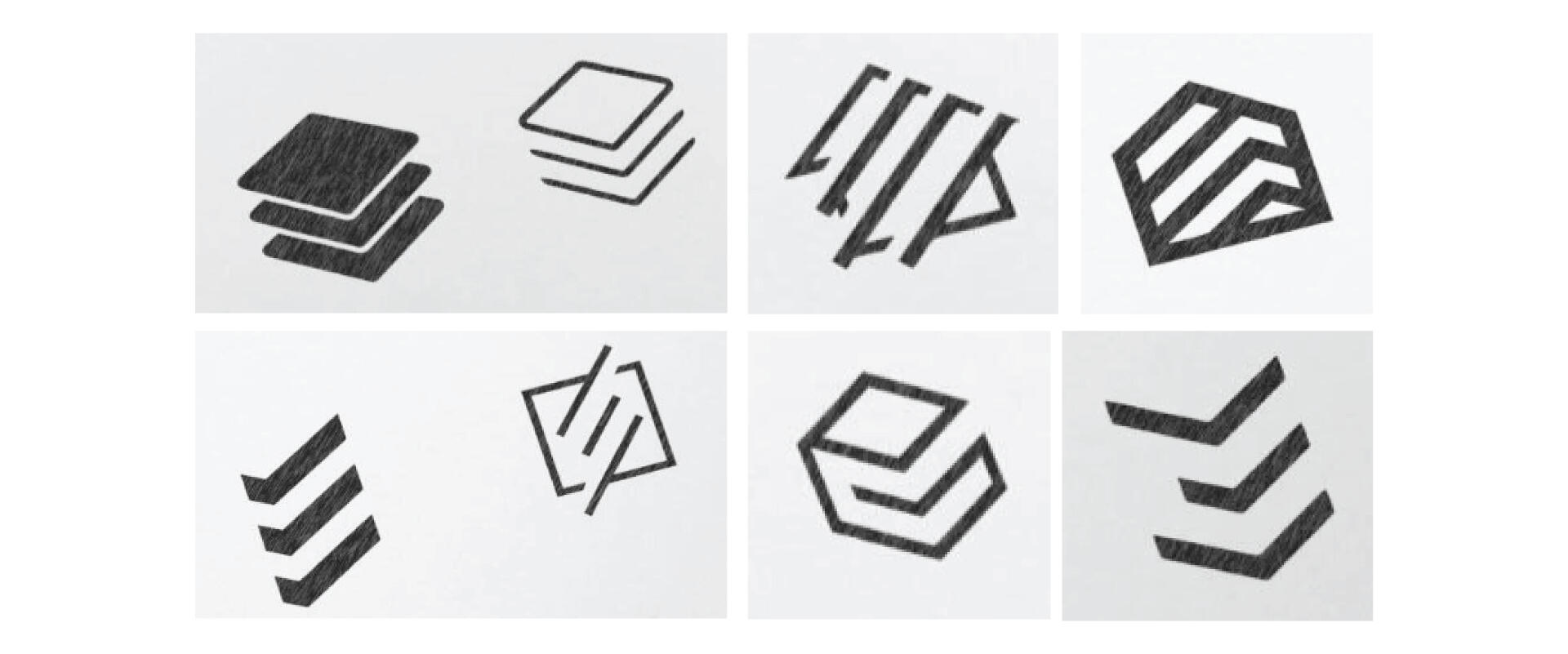
After finding the icon that fit our vision, we tested different fonts, layouts, thickness and thinness to see what works best across all our environments.
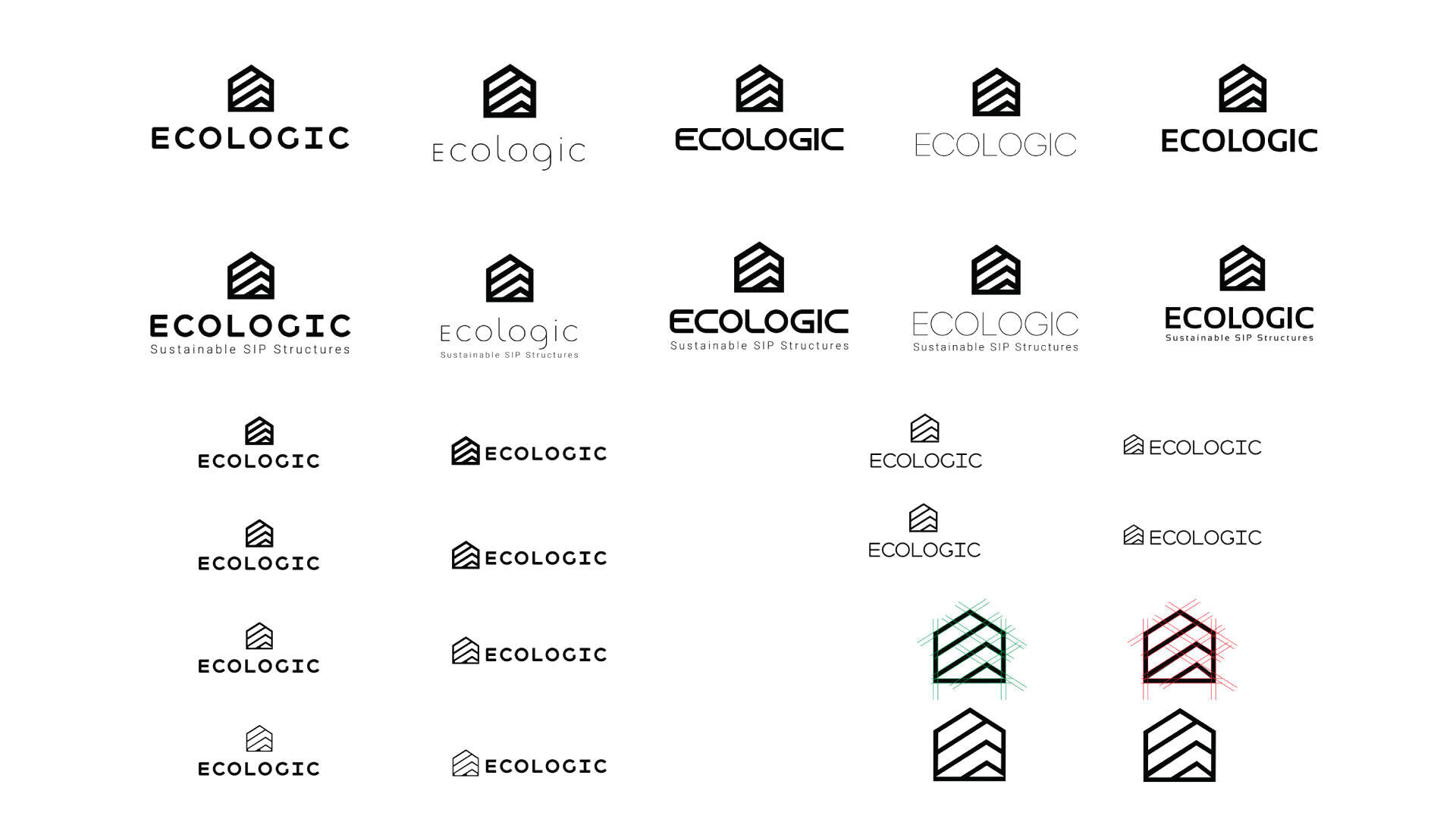
After multiple creation rounds, we found an icon that solved the entire challenge. It reflects the nature of the business, it is simple and easy to use, and it gives the company space to scale if they decide to expand beyond SIPs in the future.
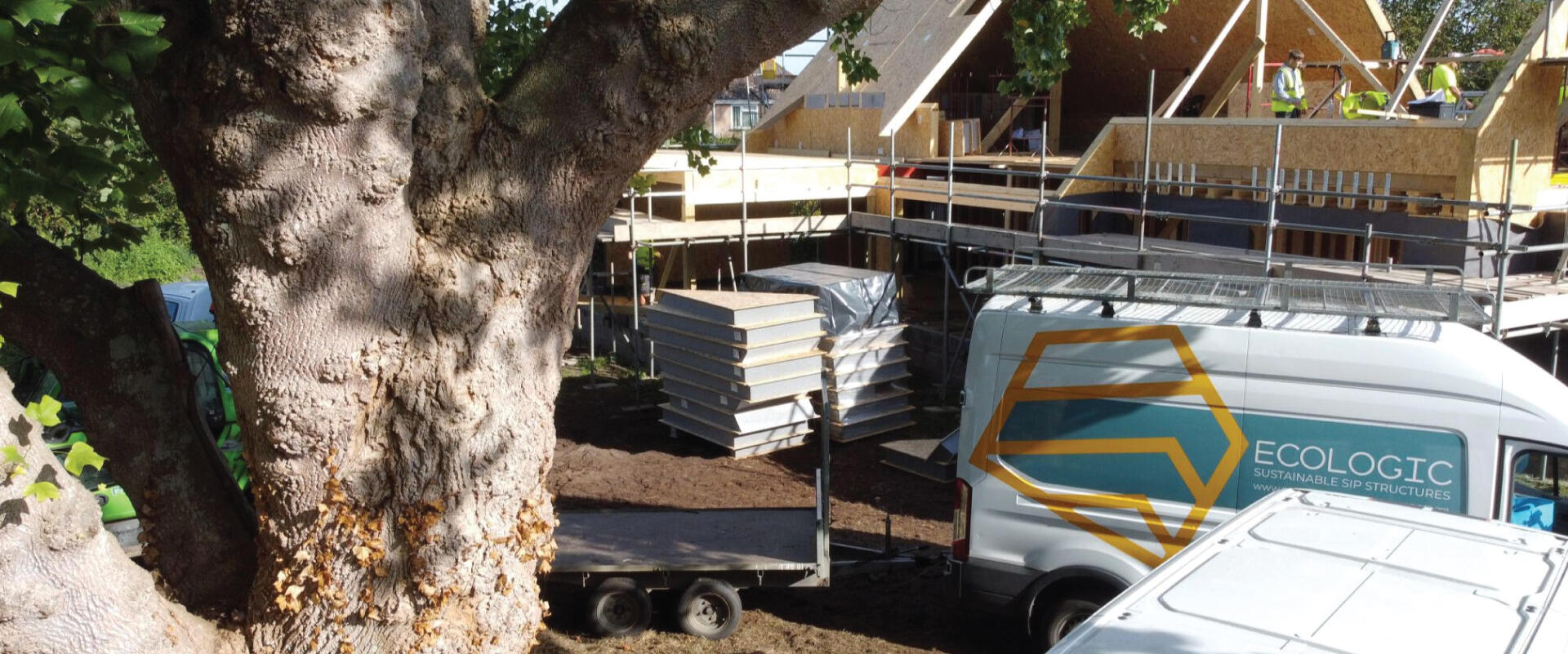
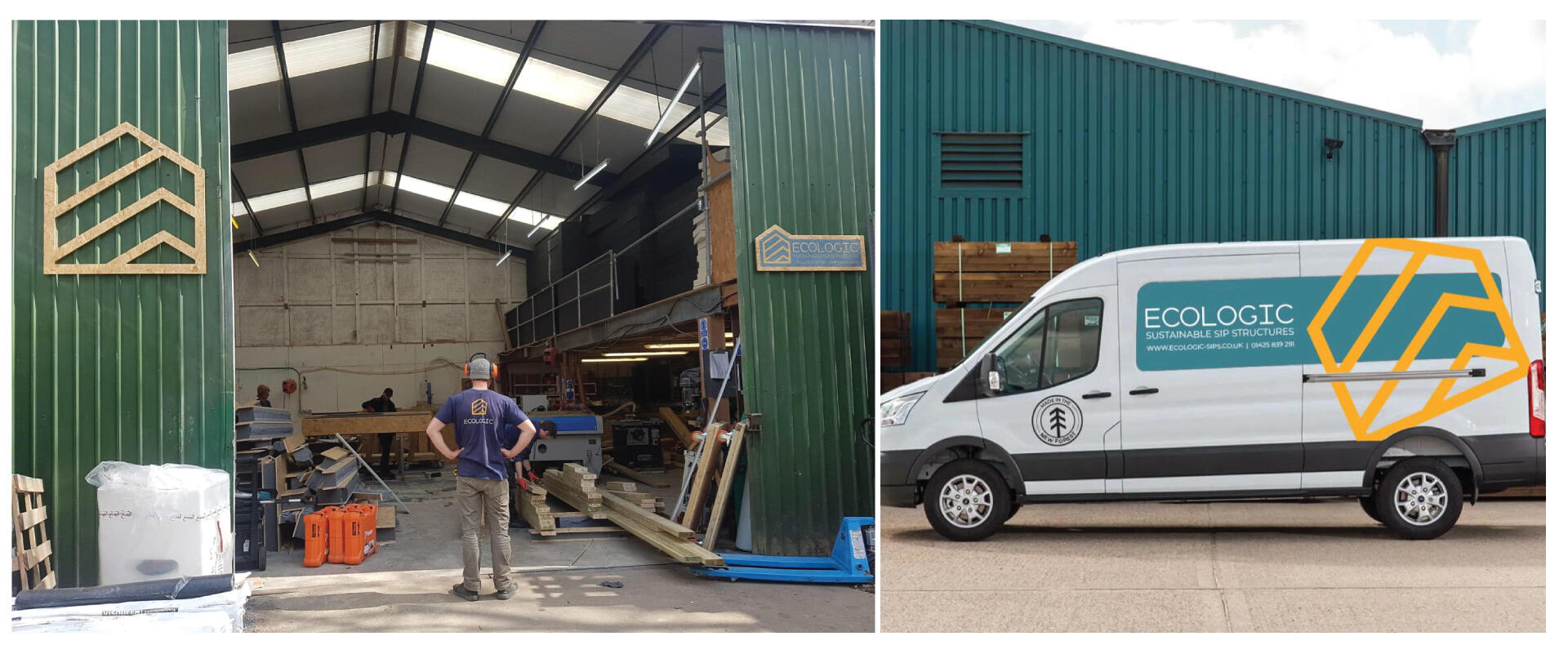
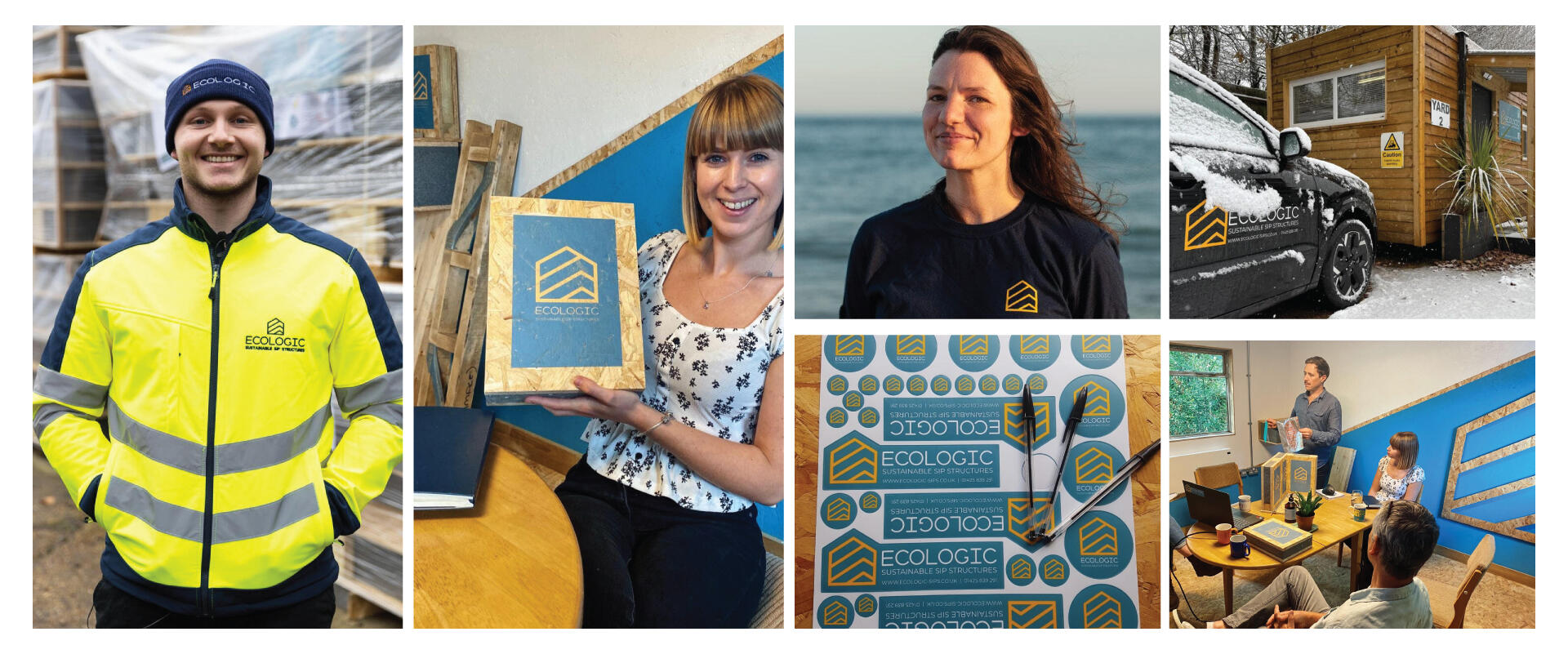
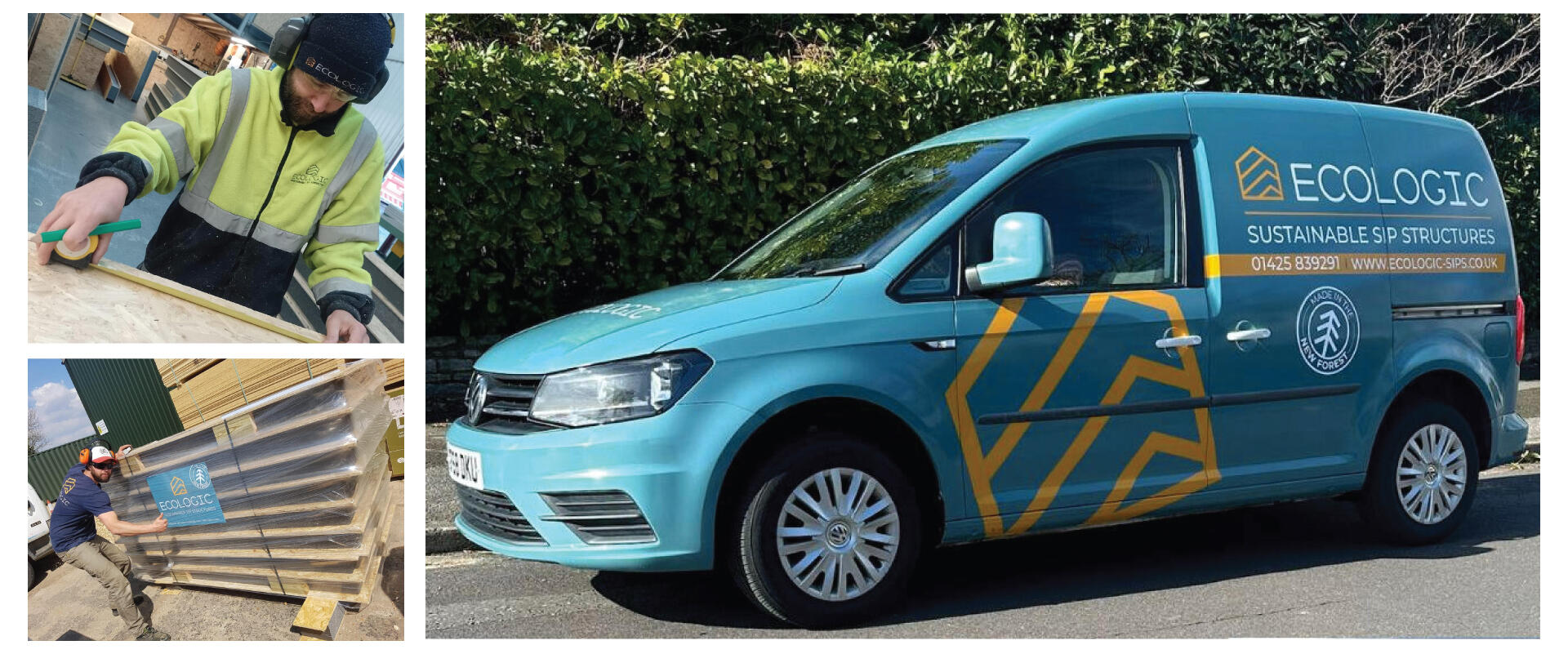
So is it necessary to create a logo that reflects the nature of the business, or should it be abstract, or what type of logo should we choose? The answer is in the details and it is never black and white. Every case has its own logic and its own solution. This is the beauty of branding. There is no one formula that works for everyone. There are many nuances and details, and you need a creative mind to solve each challenge.If you want to see how the brand works now, you can visit their website.
ecologic-sips.co.uk
Thank you
Thank you!
Your message has been received. I’ll get back to you as soon as possible—looking forward to connecting!
